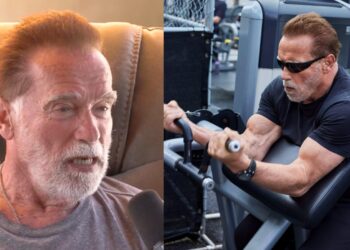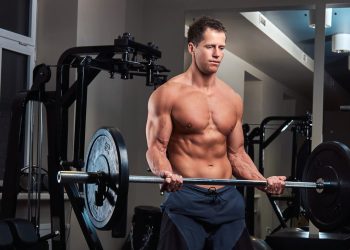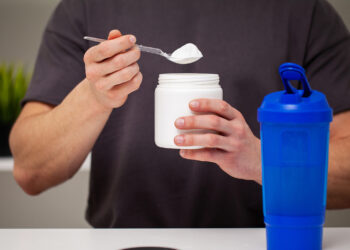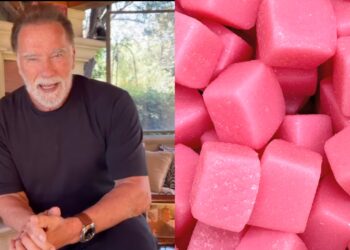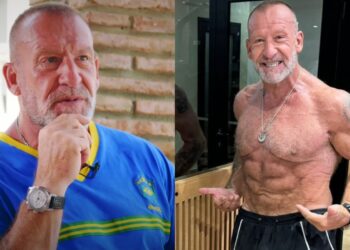Dr. Andrew Huberman remains committed to his health and fitness despite a busy schedule. In his latest endeavor, he joined Dr. Rhonda Patrick to discuss his longevity-inspired training split and supplement stack.
Having eclipsed 5.5 million YouTube subscribers, Dr. Andrew Huberman is a leading voice in the fitness industry. As an accomplished neuroscientist and professor of neurobiology at the Stanford University School of Medicine, he is revered for his ability to break down complex scientific facts into digestible content.
With longevity and lifelong fitness among his top priorities, Dr. Huberman opened up on his training routine, which consists of six days, ranging from cycling, rucking, weight training, and running. Below, he also shares insights into his daily supplement use.
Dr. Andrew Huberman Discusses His Training Split
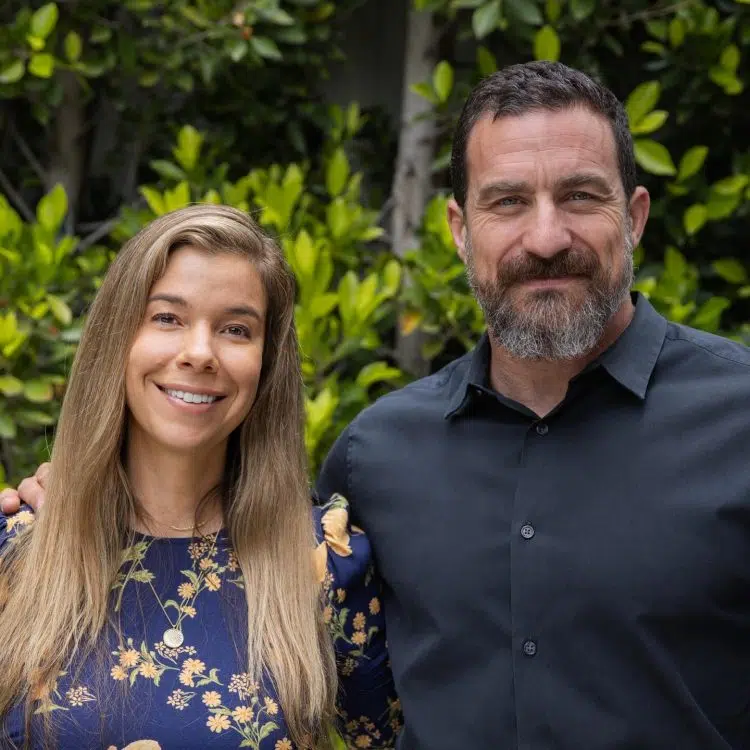
- Monday — Legs (hamstring, calves, quads)
- Tuesday — Rest Day
- Wednesday — 25-30 minutes of running (fast pace)
- Thursday — Torso training, abdominal work, and neck training
- Friday — 10 minutes of hard cycling
- Saturday — Biceps, triceps, calves, neck training
- Sunday — A long ruck
He starts his work week with leg day, targeting the calves, hamstrings, and quads. Huberman favors movements like glute ham raises, hack squats, leg curls, leg extensions, and calf raises.
“Monday, but it could be any day, I train my legs, calves, hamstrings, quads. I’m a big believer in glute ham raises, hack squats, leg curls, leg extensions, calf raises, just keep the lower body strong, keep the posterior chain strong.”
He adds that his leg workout takes an hour and then uses Tuesday as a rest day, where he focuses on deliberate heat and cold exposure.
Level Up Your Fitness: Join our 💪 strong community in Fitness Volt Newsletter. Get daily inspiration, expert-backed workouts, nutrition tips, the latest in strength sports, and the support you need to reach your goals. Subscribe for free!
“The whole thing takes about an hour,” adds Huberman. “The next day is a rest day typically after leg day and I’ll try to and I don’t always do but some deliberate heat and deliberate cold exposure.”
On Wednesday, Huberman runs at a fast pace for 25-30 minutes using 85 percent effort. He trains his torso on Thursday, which includes overhead pressing, dips, pull-ups, chin-ups, rowing, as well as abdominal and neck work.
“The next day I’ll do typically a run. A 25 or 30-minute run at a faster pace. So, where I’m breathing hard for most of it but it’s not all out, maybe 85 percent of effort and that’s it. The next day I train my torso. I know a lot of people roll their eyes, I do, I do some overhead pressing, some dips, some pull-ups or chin-ups, and some rowing and I do some abdominal work and I train my neck because it’s an important part of the structure of the upper body to keep the head stable and not get text neck and things like that.”
For Friday, he practices 10 minutes on the assault bike.
“I do things like rear delts. I really am trying to emphasize outward external rotation of the limbs so we’re not hunched over like this and heavy in the traps, just upright posture, those kinds of things. The next day, the only workout is about 10 minutes long, it’s that 10-second hard cycling on the assault bike 20-second rest, 10, 20, 10, 20 for eight rounds. That’s it VO2 Max.”
Huberman strength trains on Saturday, targeting the biceps, triceps, calves, neck, and abdominals. On Sunday, he rounds out his weekend with a long ruck or hike.
“Saturday, another short resistance training workout, so three total for the week, and then it’s biceps, triceps, calves, little neck work, abdominal work, it’s kind of small body part stuff and then on Sunday, which for me falls on a Sunday, I try to do some long ruck or hike.”
“What it boils down to is six days of training per week, three resistance training sessions, one longer slow run, one moderate one, and one short one. The total amount of time is actually quite low when you think about it,” shares Huberman.
Supplement Use
“I take a bunch of things that I don’t know the extent to which they’ve really shifted my physiology in the best direction but I know it hasn’t made me worse and I feel better.”
- Multivitamin
- Two grams of fish oil
- Ginger capsule
- Digestive enzymes
- 100 milligrams of zinc
- Boron
- Vitamin D (5,000 IUs) and K2
- Grape Seed Extract
Aside from the supplements mentioned above, Dr. Huberman takes magnesium and Apigenin before sleep.
“That’s it, before sleep I will use magnesium and Apigenin. I’ve been exploring some other things for sleep. In full disclosure, I think it’s really important. I’ve experimented with various peptides recently. To be honest, they are so potent in certain directions that impact my sleep that I’ve started to back away from most of them, but I’m very curious about a lot of them.”
He has also experimented with the peptide BPC-157 though remains cautious about using it long-term.
“There’s a ton of animal data on BPC-157, so much interest in BPC-157, very little if any human data. That worries me but what worries me more is that BPC-157 appears to be angiogenic, meaning it grows blood vessels and that can be great or problematic depending on what those blood vessels are feeding. I’m not saying BPC-157 is bad, but this is my caution about it.”
Dr. Andrew Huberman isn’t the only esteemed mind in medicine sharing his longevity-based fitness routine. Longevity medicine expert Dr. Peter Attia also detailed his regimen for maintaining lifelong health.
“Right now, I’m optimizing around energy balance, staying energy balanced, and protein intake,” says Dr. Attia.
With longevity and health optimization driving his daily life, onlookers can learn from Dr. Andrew Huberman’s fitness routine and supplementation, paving the way for a life of strength, balance, and vigor.
Watch the full video from the Found My Fitness Clips YouTube channel below:
RELATED: Dr. Rhonda Patrick Explains How To Design an Exercise Routine for Longevity



